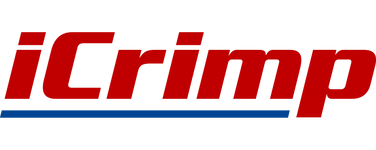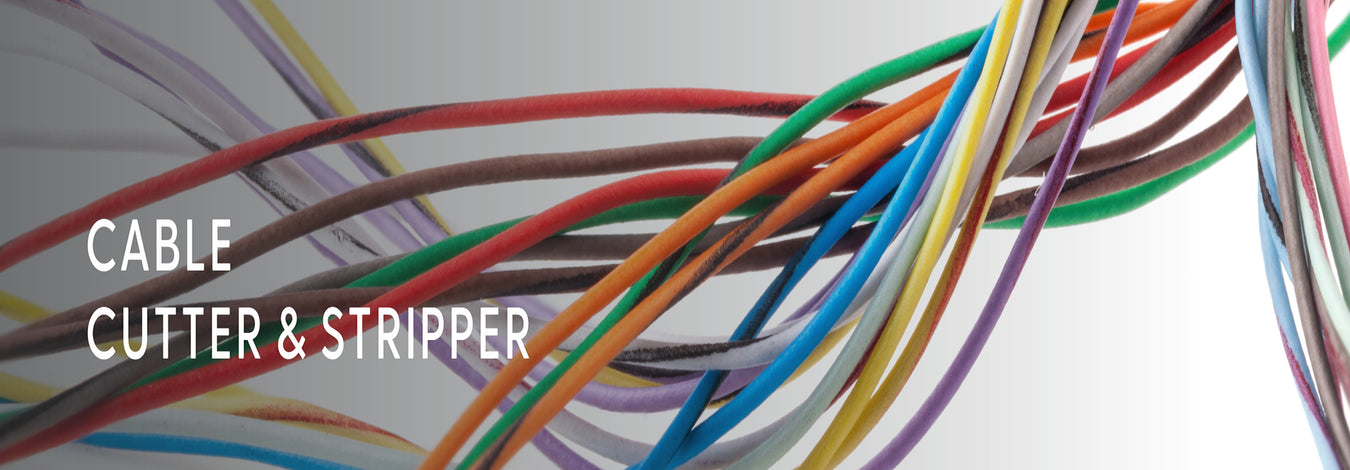
How Can I Crimp Copper Pipes?
Whether you’re a professional plumber or a DIY enthusiast working on a plumbing project, knowing how to create secure, reliable, and durable pipe connections is crucial. The best part is that there are alternatives to a typical soldering method, which often requires high levels of skills to make proper connections, and only a few can do it. These methods include expansion, crimping, and pressing, each using specific fittings and unique tools.
Each of these methods is best suited for certain types of tubing. For instance, using the three connection methods above, you can make pipe connections when working with PEX tubing. However, pressing is the best connection method when working with copper pipes.
You may have heard some people interchange the terms pressing and crimping when creating copper pipe connections using copper press fittings. Often, this kind of method uses a press tool like the iCrimp Hydraulic Copper Tubing Press Tool and works with copper press fittings. On the other hand, crimpers such as iCrimp IWS-1234PS Crimping Tool are designed to work with copper crimp rings on PEX tubing. For that reason, this article will guide you on how to make copper-to-copper pipe crimp connections using a copper press tool and press fittings.
Read more: How to Install PEX B Fittings
Step-by-Step Guide to Crimp Copper Pipe: An Alternative to Soldering
1. Gather Tools and Materials Needed
The first step is to gather all the necessary tools and materials you’ll need to create copper pipe connections. They include:
- Copper pipes
- Copper press fittings (it can be coupler, elbow, or tee fitting)
- Copper pipe cutter
- Deburring tool
- Press tool
- Marking tool
- Tape measure
2. Measure and cut the pipe
Measure the length of the copper tubing needed and use a pipe cutter to make a clean cut. The iCrimp CT-532 Tubing Cutter is ideal for working with copper, aluminum, steel, or stainless steel tubing. More importantly, use a deburring tool to remove any burrs or rough edges from the cut ends. Deburring creates a smooth edge, allowing you to slide over fittings easily.
3. Mark the spots where your press fittings should be positioned
Verify your press fittings have lubricated O-rings (positioned on the inner side of the ridged section): avoid using fittings without the O-rings since they may later cause leaks. Then, insert the fitting into the end of the pipe and mark where it should be positioned. Above all, choose press fittings that match the size of your copper pipes.
4. Install the right jaw on the press tool
Most copper pipe press tools available in the markets today, such as the iCrimp IWS-1632AF Press Tool, are versatile and come with multiple jaws for fittings of various sizes. Therefore, you’ll need to install/replace a jaw to match the size of the fittings being used. To replace the jaws, locate the locking pin and release it. This process only takes a few seconds or minutes.
5. Position the tool on the fitting and crimp
Open the jaws of your copper pressing tool and place them over the ridged part of the fitting. Also, ensure your fitting is positioned correctly (as you had marked before) and the tool is straight before pressing the fitting. Apply pressure on the handles of the press tool until the jaws are fully closed. Then, release the handles to open the jaws and visually inspect the crimp quality you created.
You can repeat the same for the other side of the fitting and connections you intend to create.
Bottom line
Crimping or pressing copper pipes is one of the effective ways of creating reliable and leak-free connections in plumbing projects. However, ensure the proper tools and quality fittings are used for the best results.
iCrimp is the best platform for quality and affordable plumbing tools for professional plumbers and DIY enthusiasts. It offers a broader range of tools for making crimp, clamp, press, and expansion connections and general installation, including pipe cutters for various types of tubing.
References





